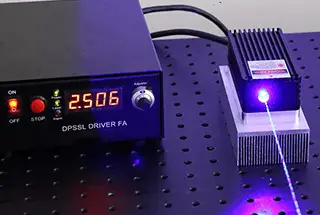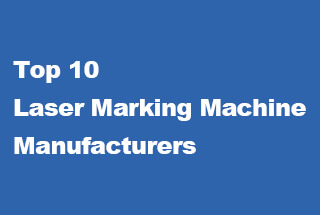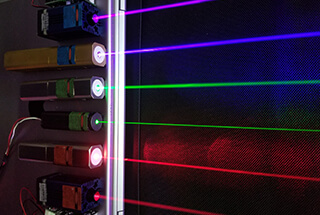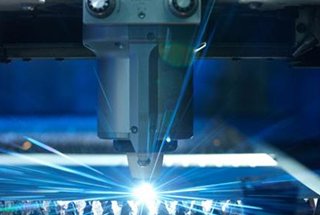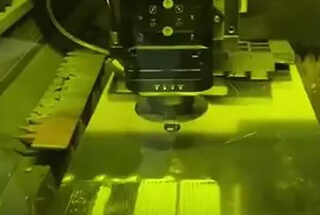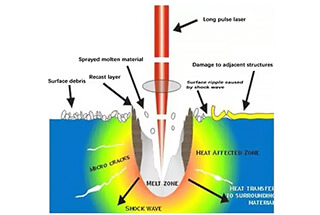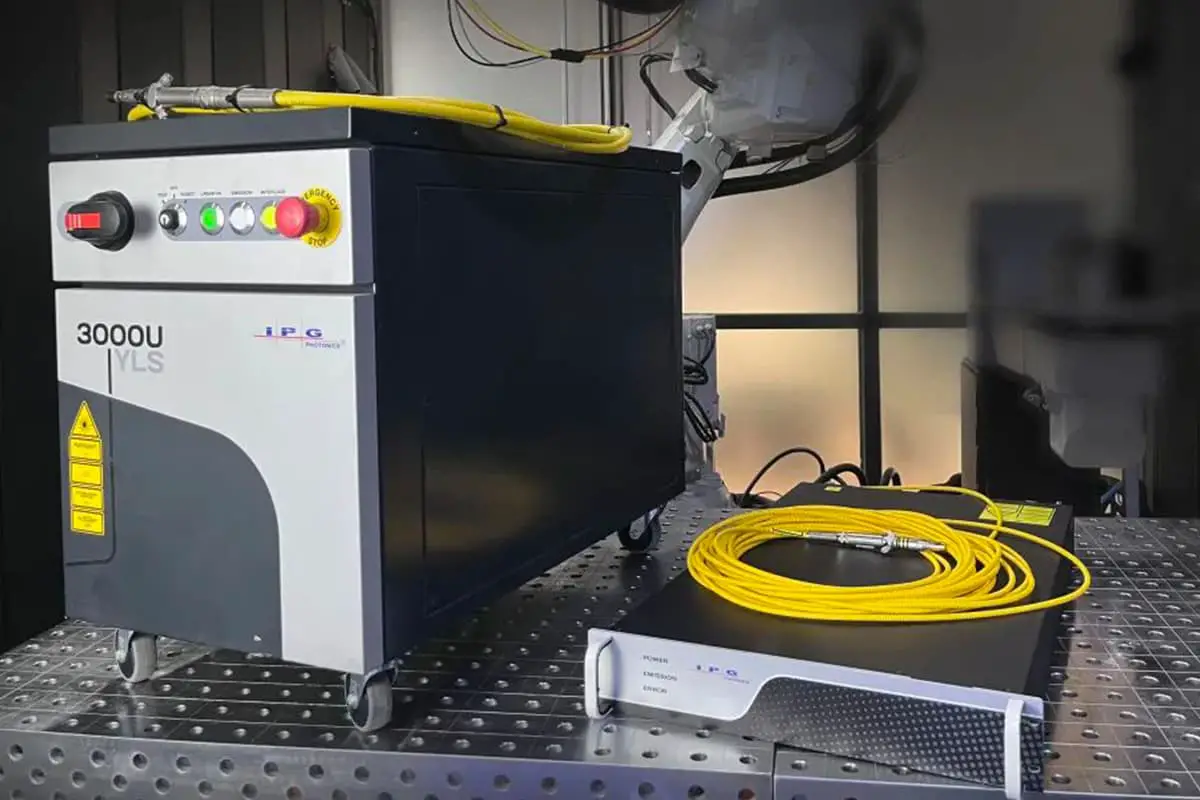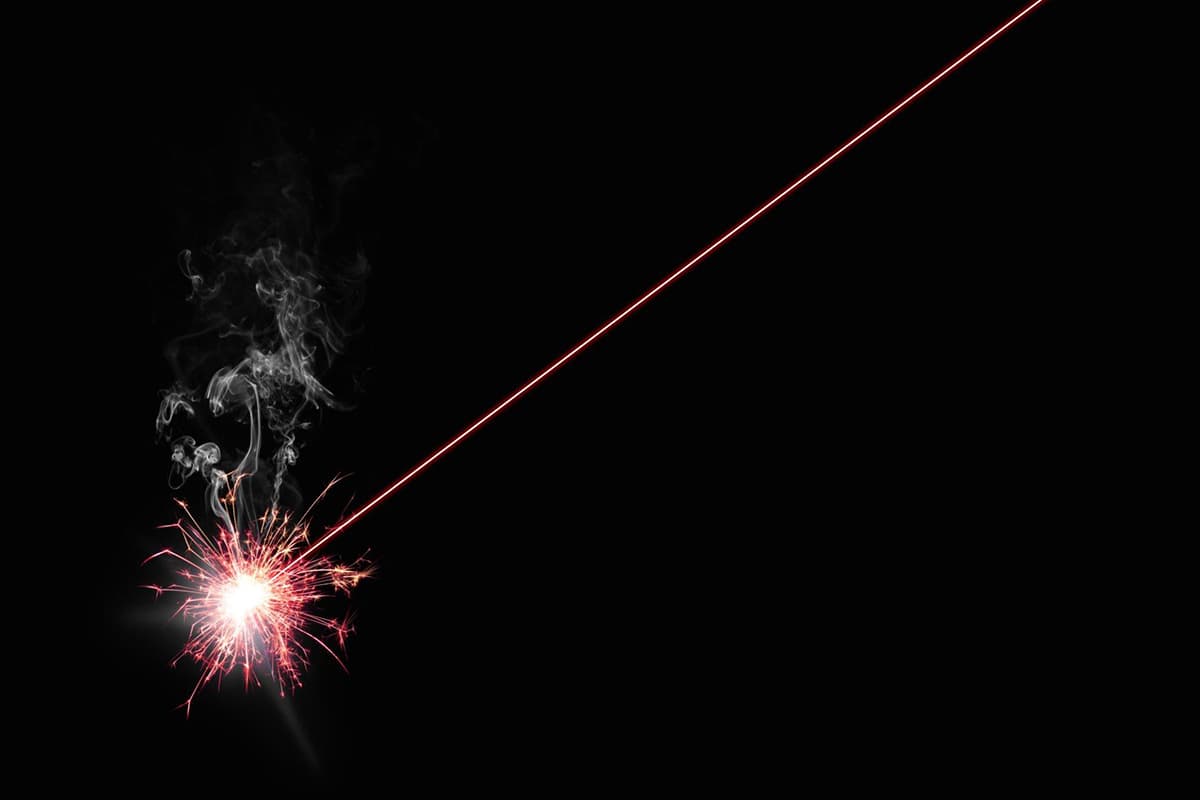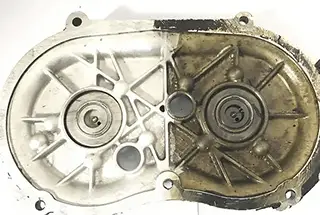
Imagine a treatment that can enhance metal durability with pinpoint accuracy, minimal distortion, and without adding extra materials. Laser heat treatment does just that by using high-intensity lasers to harden metal surfaces, resulting in improved wear, fatigue, and corrosion resistance. In this article, you’ll discover how this advanced technology works, its advantages over traditional methods, and its wide-ranging applications in industries like automotive and aerospace. Get ready to learn how laser heat treatment is revolutionizing material engineering.
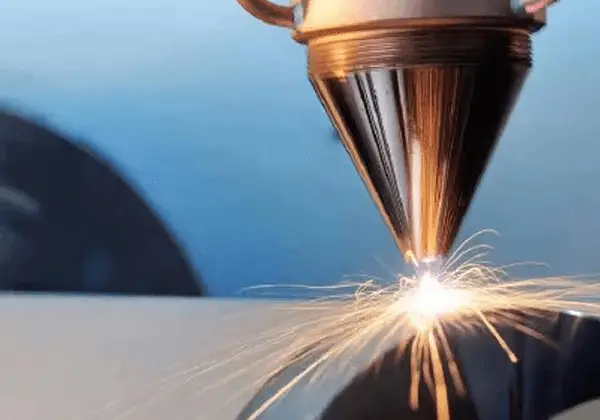
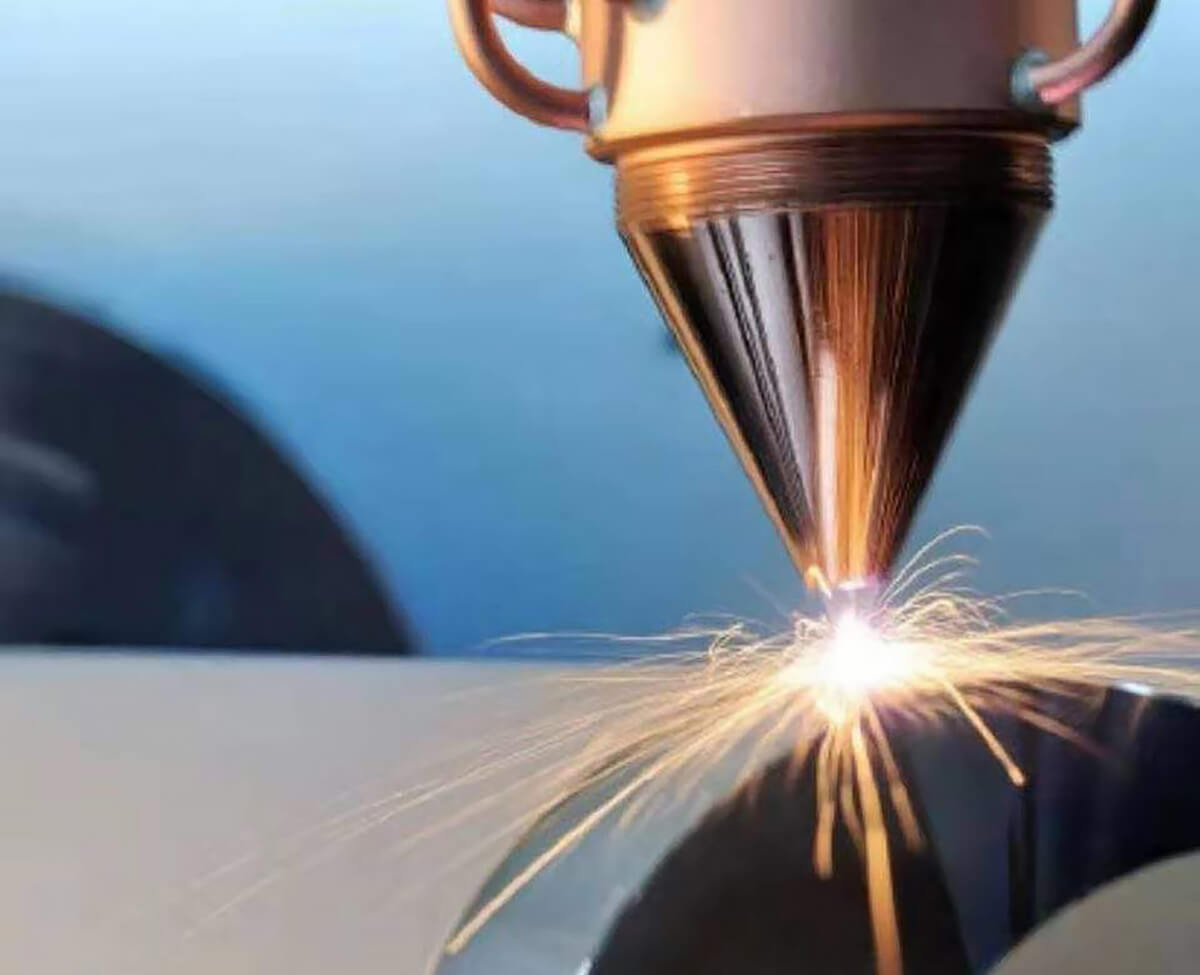
Laser heat treatment is an advanced surface modification technique that utilizes high-intensity laser radiation to selectively heat and modify the properties of metallic materials. When the focused laser beam impinges on the metal surface, a portion of the energy is initially reflected. However, once the reflection is overcome, the majority of the laser energy penetrates and is absorbed by the metal surface.
This absorption process excites the electrons within the metal lattice, causing them to oscillate and collide with lattice atoms and other electrons. These interactions rapidly transfer thermal energy from the surface into the bulk material, creating a steep temperature gradient. The result is an extremely high heating rate coupled with a subsequent rapid cooling rate, which is crucial for achieving the desired surface hardening effect.
The key advantage of laser heat treatment lies in its ability to deliver an exceptionally high power density – typically in the range of 10^3 to 10^6 W/cm^2. This concentrated energy input allows the irradiated area to reach austenitizing temperatures (typically 900-1200°C for steels) within milliseconds. The precise control over the heat-affected zone enables localized treatment without affecting the bulk properties of the workpiece.
Due to the brevity of the laser-material interaction and the high thermal conductivity of metals, the heat input remains largely confined to the surface layer. The surrounding bulk material, maintaining a relatively low temperature, acts as an efficient heat sink. This inherent “self-quenching” mechanism facilitates rapid cooling rates, often exceeding 1000°C/s, which are sufficient to induce martensitic transformation in many steels without the need for external quenchants.
The combination of rapid heating and cooling results in a refined microstructure with enhanced hardness, wear resistance, and fatigue strength in the treated surface layer. This process, sometimes referred to as “transformation hardening” or “laser hardening,” can produce case depths ranging from 0.1 to 1.5 mm, depending on the laser parameters and material properties.
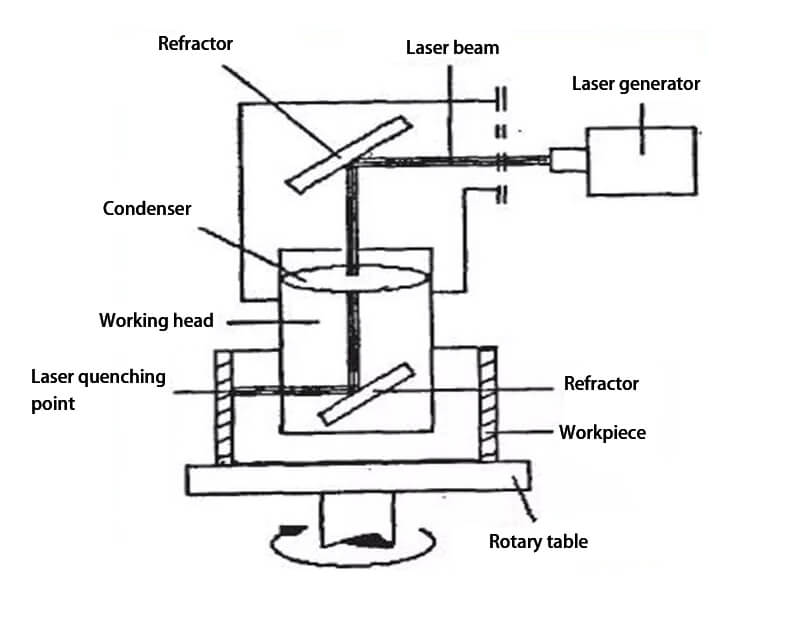

Laser heat treatment is an advanced surface modification technique that utilizes high-power density laser beams to alter the surface properties of metals. This process can induce various transformations, including phase transformation hardening (such as surface martensitic transformation), surface alloying, and other modifications, resulting in unique surface compositions, microstructures, and properties that are often unattainable through conventional methods.
Through laser heat treatment, the surface hardness of cast iron can be increased to over 60 HRC (Rockwell C Hardness), while medium and high carbon steels can achieve surface hardness exceeding 70 HRC. These improvements significantly enhance wear resistance, fatigue strength, corrosion resistance, and oxidation resistance, thereby extending the service life of treated components.
Compared to traditional heat treatment processes like induction hardening, carburizing, and nitriding, laser heat treatment offers several distinct advantages:
However, laser heat treatment also presents some challenges:
Despite these challenges, the unique capabilities of laser heat treatment make it an invaluable tool in modern manufacturing, particularly for high-precision components and localized surface engineering applications.
Laser heat treatment has revolutionized surface modification processes across a wide spectrum of metal components. Its precision and versatility make it particularly valuable in industries where wear resistance and durability are paramount, such as automotive, metallurgy, petroleum, heavy machinery, agricultural equipment, and high-tech sectors like aerospace and aviation.
1. Automotive Industry
The automotive sector has embraced laser heat treatment for its ability to enhance the performance of critical components. This technology is extensively applied to parts such as cylinder blocks, cylinder liners, crankshafts, camshafts, and valve seats.
For example, General Motors utilizes an array of high-power lasers (typically in the multi-kilowatt range) for heat treating automotive components. One notable application is the selective hardening of commutator shell inner walls using CO2 lasers. This process has dramatically improved production efficiency, with daily outputs reaching 30,000 sets – a four-fold increase over traditional methods. The resulting components exhibit superior wear resistance and longer service life, contributing to overall vehicle reliability and performance.
2. Large Locomotive Manufacturing
The locomotive industry has adopted laser heat treatment to significantly extend the service life of critical components. This technology is particularly effective for treating large-scale parts such as:
Mold manufacturing, an integral part of locomotive production, has also benefited from laser heat treatment. The complex geometries and high precision requirements of molds often lead to premature wear and costly replacements. Laser surface hardening offers a solution by:
The adoption of laser heat treatment in mold manufacturing has resulted in significant cost savings, reduced downtime, and improved product quality. As the technology continues to advance, its application in locomotive manufacturing is expected to expand, further enhancing the durability and performance of these critical transportation assets.

The laser surface treatment technology encompasses several techniques including: laser phase transformation, laser cladding, laser alloying, and laser surface composite treatment.
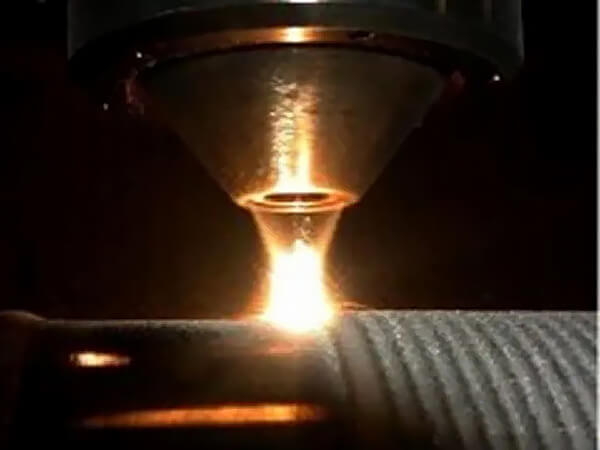
(1) Principle of Laser Surface Quenching
Laser surface quenching is an advanced heat treatment process that utilizes a high-energy laser beam to rapidly heat the surface layer of a metal workpiece to temperatures above its austenization point. As the laser beam moves, the heated area quickly self-quenches due to thermal conduction into the cooler bulk material. This rapid cooling transforms the austenite into martensite, a hard microstructure with high wear resistance. The process induces a compressive residual stress layer on the surface, significantly enhancing the material’s fatigue strength and wear resistance without affecting the core properties.
(2) Characteristics of Laser Surface Quenching
Recent advancements in laser surface quenching have revealed that applying external pressure during the process and releasing it post-quenching can substantially increase the residual compressive stress. This innovation further improves the compressive and fatigue strength of the treated workpiece, expanding the potential applications of the technique.
The rapid, localized heating and cooling cycles inherent to laser surface quenching minimize heat transfer to the bulk material. This results in reduced thermal distortion, typically 1/3 to 1/10 of that observed in conventional high-frequency quenching methods. The minimal distortion significantly decreases the need for post-treatment machining, thereby reducing overall manufacturing costs and improving dimensional accuracy.
Laser surface quenching is a self-cooling process that eliminates the need for quenchants, making it an environmentally friendly and clean heat treatment method. The process can be seamlessly integrated into existing laser processing systems, enabling compound processing and facilitating automatic production lines. This integration enhances manufacturing efficiency and reduces handling requirements.
The non-contact nature of laser processing allows for precise treatment of complex geometries, including narrow grooves, internal surfaces, and localized areas that are challenging to treat with conventional methods. This versatility makes laser surface quenching particularly valuable for treating critical components with intricate designs.
(3) Applications of Laser Surface Quenching
The unique advantages of laser surface quenching have led to its widespread adoption across various industries. In the automotive sector, it has been shown to increase the wear resistance of engine cylinder blocks by more than threefold, significantly extending engine life and performance. In metal processing, the technique has doubled the service life of cutting edges on hot rolled steel plate shearing machines, reducing downtime and replacement costs.
Laser surface quenching is extensively used in the machine tool industry for treating guide rails, enhancing their wear resistance and maintaining precision over extended periods. In power transmission systems, the process is applied to gear tooth surfaces, dramatically improving their load-bearing capacity and durability. The automotive and aerospace industries benefit from laser-quenched engine crankshaft crank necks and cams, which exhibit superior wear and fatigue resistance.
The technique has also revolutionized the tool and die industry, where it is used to enhance the durability of various cutting edges. This application has led to significant improvements in tool life, cutting performance, and overall manufacturing efficiency.
Emerging applications include the treatment of biomedical implants to improve wear resistance and biocompatibility, and the surface hardening of components in the renewable energy sector, such as wind turbine gears and shafts, to extend their operational lifespan in harsh environments.

